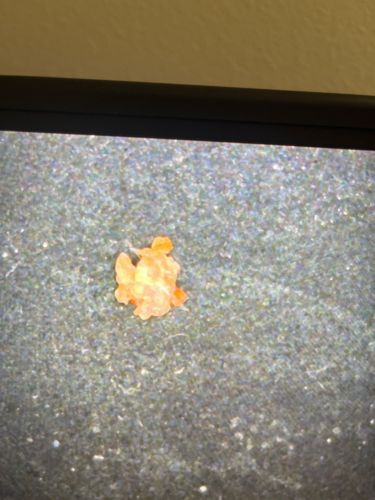Household Casebearer, Plaster Bagworm, or Tineid Moth Larva
Scientific Name: Phereoeca uterella (most common species for indoor casebearers, though other Tineidae species are similar)
Order & Family: Lepidoptera, Tineidae (clothes moths and their relatives)
Size: The larval case typically ranges from 10-15 mm (0.4-0.6 inches) in length, but can be smaller or larger depending on the larval stage. The larva itself is hidden within the case.

Natural Habitat
Commonly found indoors in homes, basements, attics, storage areas, and commercial buildings, especially in dark, undisturbed, and humid environments. They can also be found outdoors in sheltered, damp locations.
Diet & Feeding
Larvae are scavengers, feeding on a wide variety of materials including spiderwebs, silk, wool (carpets, clothing), lint, hair, dust, and dried insect remains. They are known to feed on keratin-containing products.
Behavior Patterns
Case-bearing insects that construct a protective case (made of silk, debris, or other materials) around their body. The larva lives inside this case, dragging it along as it moves. They are often found in damp or humid areas, crawling slowly on surfaces. Adults are typically small moths, often not observed or seen.
Risks & Benefits
Potential risks include damage to personal property, particularly natural fibers like wool, silk, and furs, as well as carpets, upholstered furniture, and stored goods. They are not known to bite or sting humans and do not transmit diseases. Benefits are minimal but as scavengers, they might play a minor role in breaking down organic debris.
Identified on: 9/4/2025